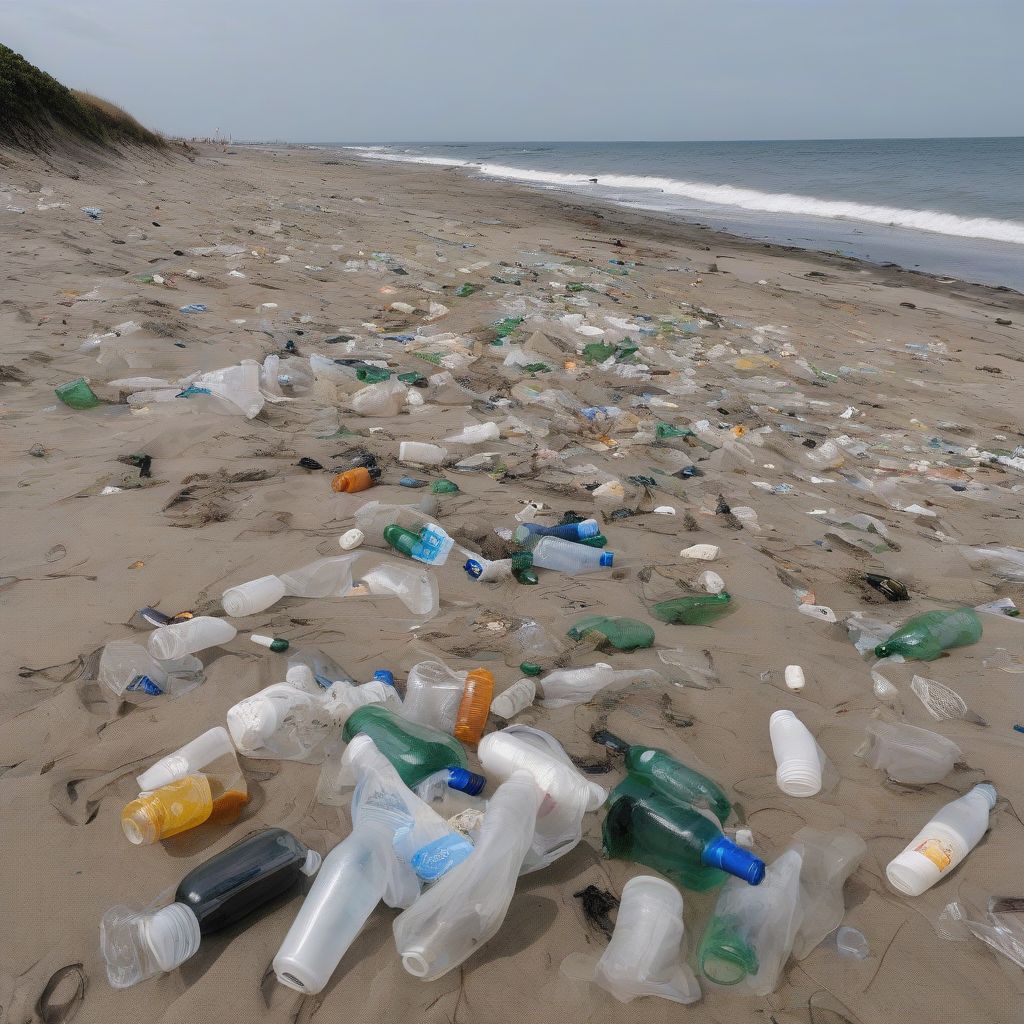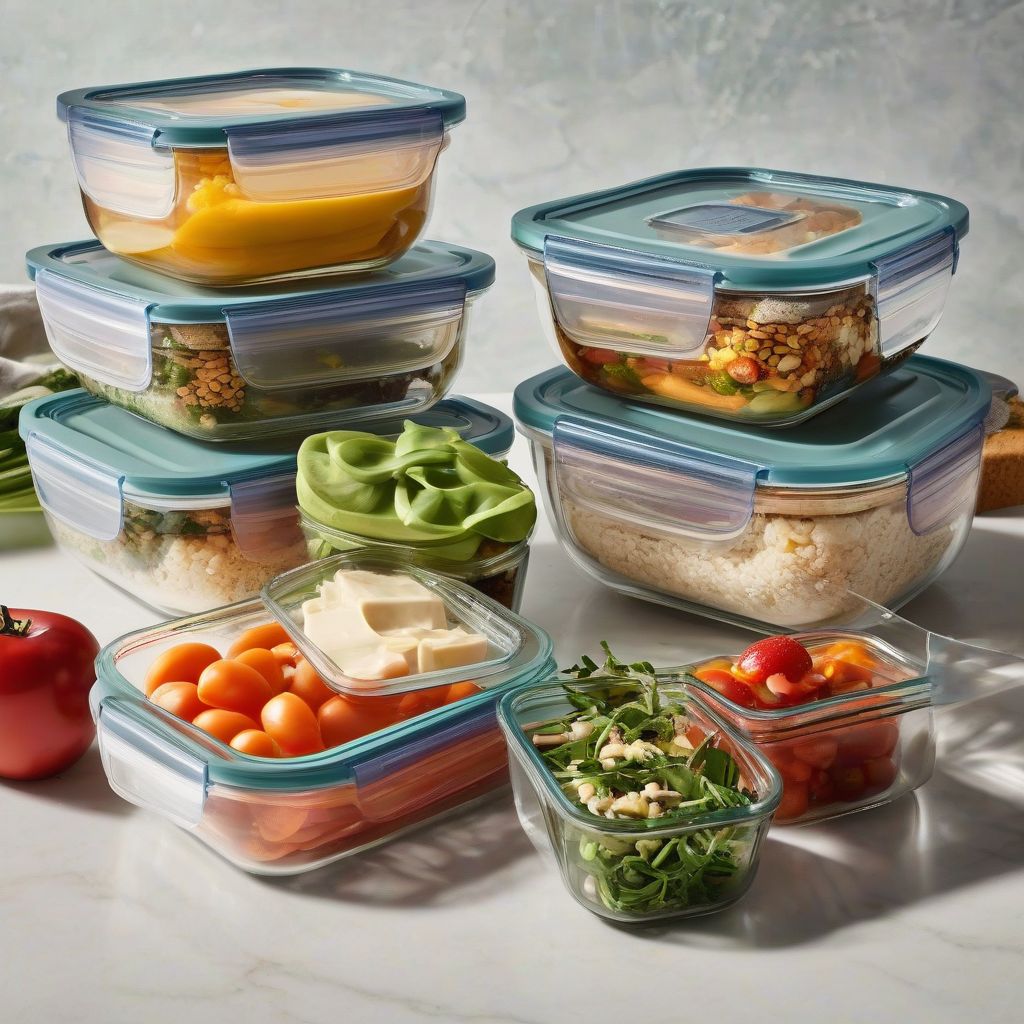Imagine a world drowning in plastic waste, our landfills overflowing with discarded packaging from our favorite snacks and convenience foods. It’s a harsh reality, but one we’re actively creating with each takeout container and individually-wrapped snack pack. As a nutritionist and meal prep coach, I’m deeply passionate about healthy eating, and that includes understanding the environmental impact of our food choices, starting with packaging.
The truth is, food packaging plays a significant role in global pollution, contributing to overflowing landfills, ocean pollution, and greenhouse gas emissions. But the good news is, we can make a difference! By understanding the problem and adopting simple, practical solutions, we can minimize our footprint and contribute to a healthier planet.
The Environmental Price Tag of Food Packaging: Unwrapping the Problem
Before we dive into solutions, let’s examine the scale of the problem. Food packaging waste represents a substantial portion of municipal solid waste. According to the EPA, in 2018 alone, packaging waste in the U.S. reached a staggering 82.2 million tons!
Here’s a breakdown of the key environmental impacts:
1. Resource Depletion: From Forests to Fossil Fuels
The production of food packaging, particularly plastic, relies heavily on finite resources like fossil fuels and water. Did you know that producing just one plastic water bottle requires approximately 6 times the amount of water the bottle can hold?
2. Pollution Powerhouse: Land, Air, and Water Contamination
The improper disposal of food packaging leads to environmental contamination on multiple fronts. Plastic waste finds its way into our oceans, endangering marine life and entering the food chain. Moreover, the production and incineration of packaging materials release harmful greenhouse gases, contributing to climate change.
3. Recycling Roadblocks: The Challenge of Food Packaging Waste
Recycling seems like the obvious solution, right? Unfortunately, it’s not always that simple. Many types of food packaging, especially multi-layered materials, are difficult or impossible to recycle. This limitation, coupled with inadequate recycling infrastructure, means a significant portion of food packaging ends up in landfills where it can take hundreds of years to decompose.
 Plastic Pollution in the Ocean
Plastic Pollution in the Ocean
Eating Sustainably: Practical Tips to Reduce Your Food Packaging Footprint
Ready to ditch the disposables and embrace a more eco-friendly approach to food packaging? Here are some practical strategies you can implement today:
1. Embrace the Power of Reusable Packaging
One of the most impactful changes you can make is to swap single-use packaging with reusable alternatives.
- Ditch the Plastic Wrap: Instead of relying on plastic cling wrap, opt for reusable beeswax wraps, silicone food covers, or simply store leftovers in reusable containers.
- Bring Your Own Bags: Always carry reusable shopping bags to avoid accumulating plastic grocery bags.
- Invest in Quality Containers: Opt for durable, reusable containers for storing leftovers, packing lunches, and transporting food.
2. Choose Minimally Packaged Foods
Whenever possible, prioritize purchasing foods with minimal or no packaging.
- Shop the Bulk Bins: Many grocery stores offer bulk bins for staples like grains, nuts, and dried fruits. Bring your own reusable containers or bags to fill.
- Hit the Farmers Market: Support local farmers markets and purchase fresh produce that is often sold loose or with minimal packaging.
- Cook More at Home: Preparing meals at home gives you greater control over ingredients and packaging.
3. Become a Packaging Detective
Pay close attention to the packaging of the products you buy. Opt for sustainable options whenever possible.
- Choose Recyclable Materials: Look for packaging made from materials that are widely recyclable in your area, such as glass, aluminum, or paper.
- Avoid Multi-Layered Packaging: These materials are often difficult to recycle. Check the labels for information on recyclability.
- Support Sustainable Brands: Choose brands that prioritize sustainable packaging practices and use recycled content in their packaging.
4. Reduce Food Waste
Food waste contributes significantly to environmental problems. By reducing food waste, you indirectly reduce the amount of packaging that ends up in landfills.
- Plan Your Meals: Meal planning helps you buy only what you need, minimizing the chances of food spoilage.
- Proper Food Storage: Store food correctly to extend its shelf life. Use airtight containers and label leftovers with dates.
- Compost Food Scraps: Composting diverts food waste from landfills and creates nutrient-rich soil.
 Reusable Food Containers
Reusable Food Containers
Small Changes, Big Impact: Our Collective Responsibility
The journey towards sustainable food packaging requires a collective effort. As consumers, we have the power to influence the market by making conscious choices. By embracing reusable alternatives, choosing minimally packaged foods, and supporting sustainable brands, we send a powerful message to manufacturers and retailers that prioritizes environmental responsibility.
Remember, even small changes can make a significant difference when adopted by millions. By making mindful choices about the food we buy and how we manage its packaging, we can reduce our environmental impact and create a healthier planet for future generations.
[amazon bestseller=”reusable food containers”]
Let’s Connect!
Do you have any creative tips or tricks for reducing food packaging waste? Share your ideas and experiences in the comments below! Let’s inspire each other to live more sustainably. And for more tips on ethical consumerism and reducing your environmental impact, check out our related articles on reducing plastic use, zero waste shopping, and the importance of recycling and upcycling.
